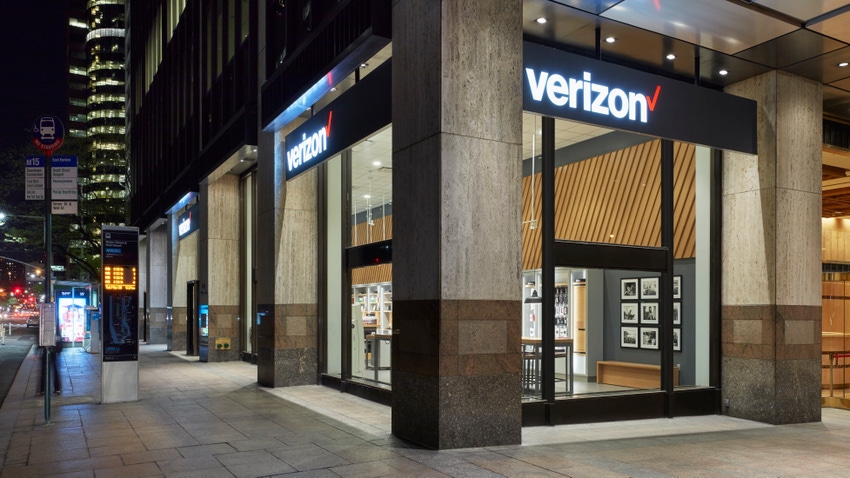Verizon's second line strategy surprises
In early March, Verizon began allowing its customers to add a second line of service to their existing Verizon phone for $10 per month. An estimated 35,000 customers did so during the first quarter.

Verizon reported better-than-expected customer growth for the first quarter – but much of it was due to sales of the operator's new second line offering.
"It gives customers flexibility," explained Verizon CFO Tony Skiadas this week during Verizon's first quarter earnings call, according to Seeking Alpha. "They can add and remove it as desired. The adoption so far has been good."
Skiadas said that a "very low single digit percentage" of Verizon's gross phone customer additions in the first quarter signed up for its new $10-per-month second line, which allows customers to route another phone number to their existing Verizon phone. Skiadas said Verizon sees a "limited market" for that kind of offering but that such services generate high margins for Verizon.
"We would take this profitable connection any day of the week," he said.
'Recalibration' of growth expectations
But Verizon's shareholders apparently felt tricked – analysts reported that Verizon's 4.7% stock dip following the release of its earnings was in part a reaction to the company's second line strategy.
"Despite Verizon Consumer Group postpaid phone net adds beating consensus, Verizon stated that 'a very low single-digit percentage of phone gross adds' came from Verizon 'second number,' which was announced in early March," wrote the financial analysts with KeyBanc Capital Markets in a note to investors following the release of Verizon's earnings. "Implied by this is ~35,000 net adds from 'second number' without which investors could say Verizon Consumer Group postpaid phone net adds were in line."
Others agreed.
"We believe the magnitude of the potential contribution in 2Q is forcing a recalibration of underlying subscriber growth expectations to which the stock reacted," wrote the financial analysts at BofA Securities.
The offer
Describing the second line offer in a press release in early March, Verizon said: "If you've ever wanted access to more than one phone number without having to carry around a separate cell phone and pay a full-price plan, Verizon has you covered."
The operator said its new offering costs $10 per month until early June. After that, customers who sign up must pay $15 per month.
AT&T and T-Mobile offer similar second line services. T-Mobile has been offering its $10 per month Digits service for years, allowing customers to move their numbers around to various devices, including having two numbers on one phone. AT&T charges users $30 a month to add a line.
A blip
Most financial analysts said Verizon's new second line strategy represents a relatively minor event in the industry.
"While bears will likely pick on the benefit from 'second number', and the potential 50 basis point risk to wireless service revenue, they miss: 1) meaningful improvement in churn, despite price increases, which resulted in better ARPA [average revenue per account]; and 2) subscriber momentum characterized as exiting 1Q at an improving pace and continuing into 2Q," wrote the KeyBanc analysts.
The financial analysts at New Street Research agreed.
"Bottom line: this likely isn't a big deal in 1Q24. It will be one more thing to monitor in future quarters though. Management did say that the market for the product is limited, suggesting the benefit should fade over time," they wrote in a note to investors.
Broadly, Verizon has been working to stem losses in its consumer division – and officials said the company remains on track toward that goal. Specifically, Verizon reported the loss of 158,000 wireless retail postpaid phone customers in the first quarter, an improvement over the 263,000 losses the company reported in the same quarter a year ago.
Verizon had been expected to lose around 201,000 postpaid phone customers in its consumer division in the first quarter. Thus, the difference between expectations and what Verizon reported is likely due to the estimated 35,000 customers who signed up for a $10 per month second line of service and not necessarily new customers paying full price for a standard line of service.
About the Author(s)
You May Also Like












